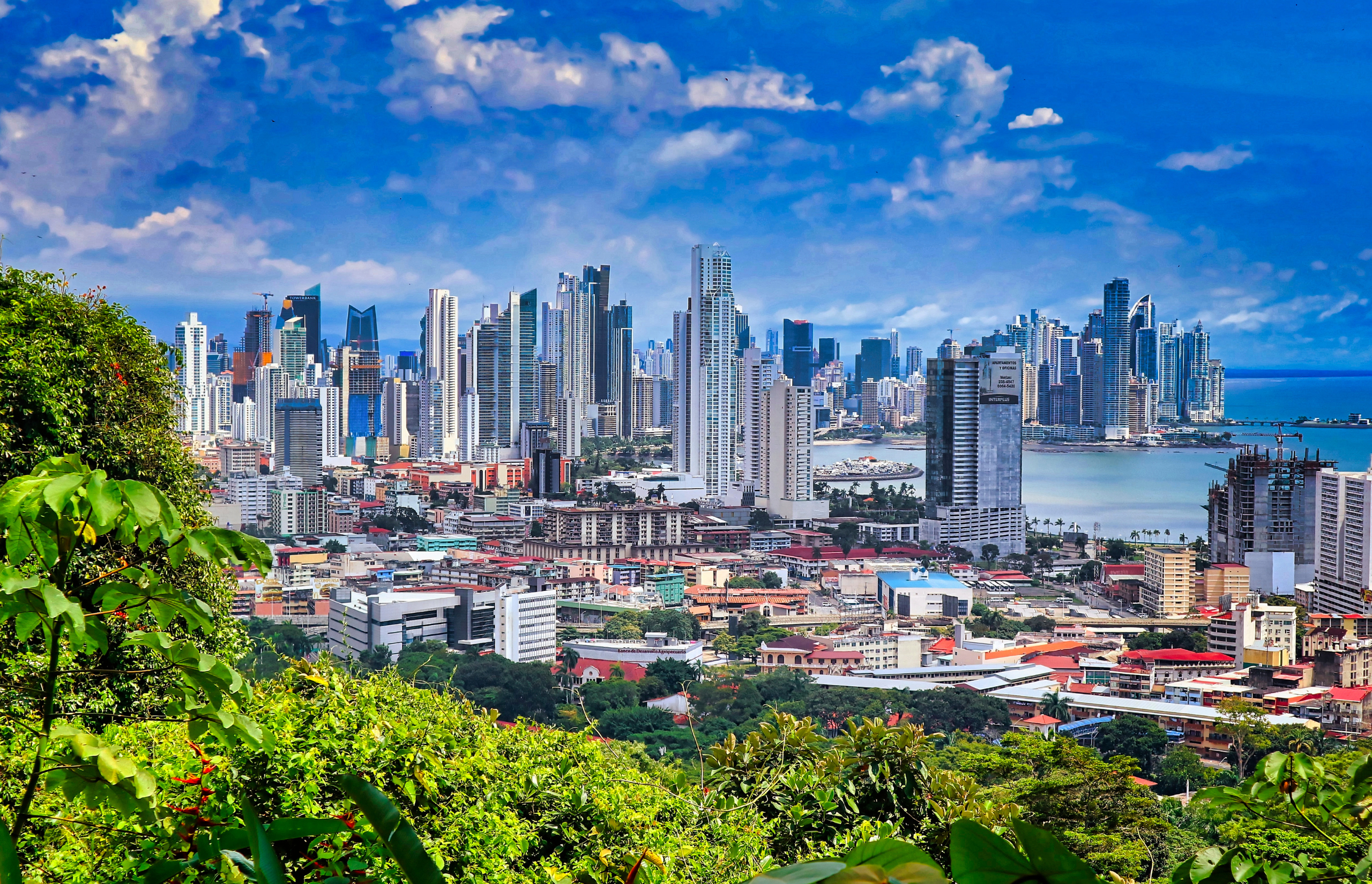26 May 2016
Africa: Cities are key drivers for economy, says the African Economic Outlook 2016



In 2015, net financial flows to Africa were estimated at USD 208 billion, 1.8% lower than in 2014 due to a contraction in investment. At USD 56 billion in 2015, however, official development assistance increased by 4%; and remittances remain the most stable and important single source of external finance at USD 64 billion in 2015.
“African countries, which include top worldwide growth champions, have shown remarkable resilience in the face of global economic adversity. Turning Africa’s steady resilience into better lives for Africans requires strong policy action to promote faster and more inclusive growth,” stated Abebe Shimeles, Acting Director, Development Research Department, at the African Development Bank.
The continent is urbanising at a historically rapid pace coupled with an unprecedented demographic boom: the population living in cities has doubled from 1995 to 472 million in 2015. This phenomenon is unlike what other regions, such as Asia, experienced and is currently accompanied by slow structural transformation, says the report’s special thematic chapter.
According to the authors, lack of urban planning leads to costly urban sprawl. In Accra, Ghana, for example, the population nearly doubled between 1991 and 2000, increasing from 1.3 million to 2.5 million inhabitants at an average annual growth rate of 7.2%. During the same period, the built up area of Accra tripled, increasing from 10 thousand hectares to 32 thousand hectares by an average annual rate of 12.8%.
Urbanisation is a megatrend transforming African societies profoundly. Two-thirds of the investments in urban infrastructure until 2050 have yet to be made. The scope is large for new, wide-ranging urban policies to turn African cities and towns into engines of growth and sustainable development for the continent as a whole.
If harnessed by adequate policies, urbanisation can help advance economic development through higher agricultural productivity, industrialisation, services stimulated by the growth of the middle class, and foreign direct investment in urban corridors. It also can promote social development through safer and inclusive urban housing and robust social safety nets. Finally, it can further sound environmental management by addressing the effects of climate change as well as the scarcity of water and other natural resources, controlling air pollution, developing clean cost-efficient public transportation systems, improving waste collection, and increasing access to energy.
“Africa’s ongoing, multi-faceted urban transition and the densification it produces offer new opportunities for improving economic and social development while protecting the environment in a holistic manner. These openings can be better harnessed to achieve the Sustainable Development Goals – especially SDG 11 on sustainable cities and communities – and the objectives of the African Union’s Agenda 2063,” said Mario Pezzini, Director of the OECD Development Centre and Acting
Director of the OECD Development Co-operation Directorate. “The benefits could accrue for both urban and rural dwellers, provided governments adopt an integrated approach,” he added.
This approach includes stepping up investment in urban infrastructure, improving connectivity with rural areas, better matching formal real estate markets with the housing demand by clarifying land rights, managing the growth of intermediary cities, and improving the provision of infrastructure and services within and between cities. Such investments need to be accompanied by productive formal employment – especially for the youth – and sufficient public goods.
For more information, click here.
Read the report here.

